For me the opening of Jamavar in London was of particular interest. Jamavar is the flagship restaurant brand of the Leela Hotel group, whose properties I have stayed in many times on my trips to India. Not every Leela property has a Jamavar, but I have eaten in the ones in Goa, Mumbai, Bangalore and Delhi. These vary in quality, but the ones in Goa and Bangalore in particular were top notch. However, just because you can make a restaurant work well in India it does not necessarily mean that you can transport the concept to London. There is no shortage of examples of foreign restaurants that have dabbled in the competitive London scene, scenting easy money, and discovered that things are not so easy. One recent case was Le Chabanais in Mayfair.
So, how to reproduce the magic of the best Jamavars over in London? To achieve this mission Leela have recruited Rohit Ghai, who was formerly executive chef of the JKS restaurant group (which owns Trishna, Gymkhana, Bubbledogs, Lyles, Hoppers and Bao) to lead the kitchen. In a note of irony, the site of Jamavar is none other than the 8 Mount Street location of the quickly doomed El Chabanais, itself a case study in how not to bring a foreign restaurant over to the capital. Inside, the weird brass floor has been replaced by a wooden floor, and the room has been completely redecorated and now looks smart and well-appointed. It was wise to remove any association, however fleeting, with the lingering ghost of Le Chabanais. If I was them I would also have hired an exorcist, just to be safe. There is a further dining room downstairs, and a little private dining room with a view to a small garden. In the evening the room is darkly lit, but as a nice touch our waiter produced a little torch to help read the menu when it became apparent that we did not have the eyesight of an owl.
The menu stretches well beyond curry house norms, with dishes such as stone bass tikka and raw mango grouse with Indian rum. Small plates (starters) were £8 - £15 but mostly around £10, tandoori dishes were £12 to £25, main course curries £18 to £30, vegetable side dishes £4 to £8, bread £8 for a mixed basket, desserts £8.
The wine list had 150 labels and had offerings for all pockets, the cheapest bottle being £22 and the priciest £4,500. Creditably, there were more than a dozen bottles under £40, which is a lot more choice at the low end of the list than plenty of Mayfair restaurants provide. Sample labels included Huia Sauvignon Blanc 2015 at £35 for a bottle that you can find in the high street for £12, Elderton Shiraz 2013 at £56 compared to its retail price of £20, and Brunello di Montalcino Poggio Alle Mura Castello Banfi 2011 at £85 for a wine that will set you back £36 in the shops. For those who wish to splurge there were prestige labels such as Tignanello 2013 at £186 compared to its retail price of £80, and Sassicaia Tenuta San Guido Bolgher 2011 at £355 for a bottle whose current market price is £144. As can be seen, the markups are pretty reasonable by central London standards these days.
We began the meal with a variety of popadoms (including plantain ones) served with mango chutney, mint chutney and a very good tomato chutney. that seemed to have made rather than bought. The first course was aloo tikki, here made with potato tikki, honey yoghurt and white radish, red onion with tamarind mint chutney and pomegranate seeds with a garnish of coriander. This was a pretty dish that tasted as good as it looked, the tikki avoiding sogginess, the tamarind less sweet than it sometimes can be, the radish working well (15/20). Beef uttapam was a take on the classic Indian breakfast “pizza” uttapam, which is made not from bread but rava (cream of wheat) and sour curd. This dish has many variants, but this is the first time I have seen it with beef, which had been slow cooked in mustard and a south Indian spice mix. This was a hearty and enjoyable dish, the spices distinct and bold (14/20).
Lobster neruli came with coconut milk and pearly onions, as well as little idli (savoury cakes). The lobster was tender, had good flavour, and worked well with the coconut curry and onions, the idli adding a nice texture and soaking up the curry sauce. The sambal on the side was superb (16/20). Stone bass tikka was a revelation, the fish marinated with mace and green cardamon before being cooked in the tandoor, and served with avocado chutney. I have had superb fish tikka style dishes in India, but rarely in the UK. This was up there with the ones in India, with the fish beautifully tender and the gentle spices pervading the bass (16/20).
Butter chicken took the name literally and was a rich affair, with pieces of chicken in a sauce of tomato, fenugreek and more butter than I care to think about. The chicken itself was better than the usual fare seen in indian restaurants, this being a Suffolk corn-fed bird that had been char-grilled and then pulled apart. This is not a dish to eat every day if you value your arteries, but it was suitably rich and indulgent (14/20). On the side cauliflower was carefully cooked with cumin, retaining its texture well and absorbing the spices nicely (14/20). Vegetable biryani was, as it should be, sealed in pastry and presented at the table, releasing its lovely aromas when the pastry seal was broken. The rice was flight and fluffy and the vegetables were carefully cooked: high-class biryani (15/20).
Bhindi (okra) is a difficult dish to make since okra descends into a soggy mess if you so much as look at it, so it is rare indeed to encounter a version that retains some texture. This rendition was not the best I have had but was reasonable, the okra having some firmness left and cooked with onions, tomatoes and cumin (13/20). A selection of breads was excellent, hot and pliable in texture (14/20). Best of all of the sides was the black dhal, the slow cooked black lentils having a deep, smoky taste. This is a classic Indian dish, a famous example being that at Bukhara in Delhi. The version here was much better than that, pretty much as good a dhal as I have tried (16/20).
For dessert we shared a gulab jamun malai, a modern take on the classic Indian dessert, which is normally a ball of spongy milk solid (khoya) soaked in syrup. Here a base is made with roasted gram flour mix and then tiny gulab jamun are placed on top, then a further layer of shrikand is added. Shrikand itself is a classic dessert made from hung curd flavoured with cardamom and saffron, and is fiddly to make. As can be seen, this is a complex dish involving a lot of work, and fortunately the taste reflected that effort. The richness of the shrikand was reduced by the base, and the little balls of gulab jaman themselves were excellent, the dish finished with a sliver of chocolate (easily 15/20).
Service was impressively attentive, such as the unprompted offer of the torch with the menu. The waiters knew the menu well and were friendly and professional. The meal was quite drawn out in duration, but this was Saturday night, literally the second night after official opening, and the place was completely rammed. There are a hundred seats here (plus a few outside in good weather) and yet tables were being turned all around us; they actually did 137 covers tonight in this hundred-cover dining room. Not bad for day two of operations. A typical cost per head would be about £48 for the food if you had three courses and side dishes, around £70 or so all in with modest wine (of which there was plenty of choice). This seems pretty fair to me given the standard of cooking,
At a second meal I tried some different dishes. Scallop bhel was unusual and interesting. The two diver-caught scallops were lightly cooked and had good sweetness, but I was actually more impressed by the bhel. The puffed rice had good texture but I think the key was the chutney, which in this case had date as well as tamarind. It resulted in a base with just the right level of sweetness and gentle spice to work with the shellfish (15/20). Shami kebab is a standard dish that here was given added depth by a bone marrow sauce. The minced kebab was suitable soft, with mint chutney giving a contrast to the richness of the meat, while a paratha on the side was a good accompaniment (15/20).
Aloo udaigiri had baby potatoes tossed with a spice mix from the south of India. The potatoes had excellent texture and the subtle spices had nicely suffused the potatoes (15/20). Lamb biryani was served sealed with pastry, and cut open at the table. The rice was light and fluffy, the lamb having good flavour and being tender, the spices thoroughly incorporated into the rice. This was a classy biryani (15/20). Chapatis on the side were also good. Service was just as slick as before, and the bill came to £48 a head with water to drink.
Overall, Jamavar is a triumph. I have looking for an authentic up-market Indian restaurant in London for years where the food actually tastes like it does in India. Sadly this essentially never happens, however flashy the décor of the establishment or whether it has a Michelin star or not (I would love to know how much time the Michelin inspectors of London have actually spent in India). Well, the first comment that my wife and I made to each other on tasting the food here was “this tastes just like it does in India”. There are no compromises on spicing, there is a good charcoal taste to the tandoor dishes (so many Indian restaurants in London use gas tandoors), and there is careful, skilful cooking. I will be back regularly if I can actually get a table. This seems to me to be the best Indian food in London at present.
Further reviews: 11th Aug 2025 | 05th Jul 2024 | 18th Jul 2022 | 30th Nov 2021 | 07th Aug 2021 | 06th Aug 2019 | 04th Aug 2018 | 24th Oct 2017 | 24th Feb 2017



































































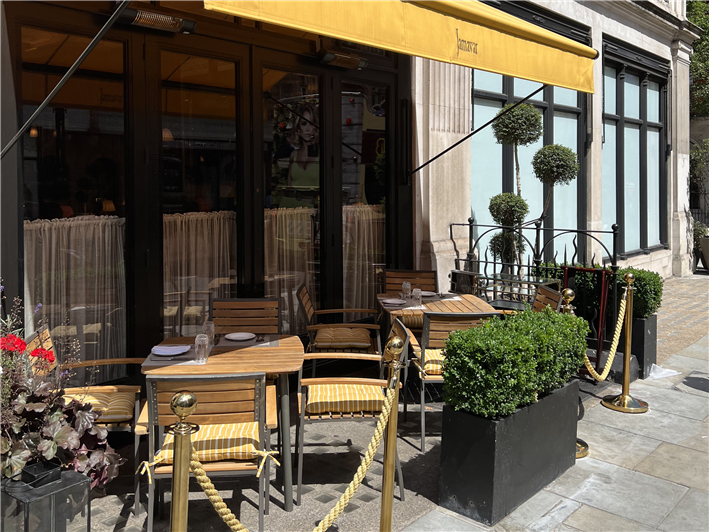

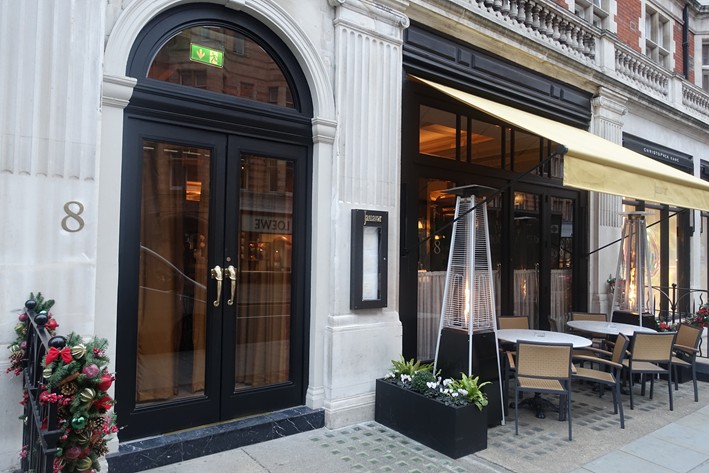
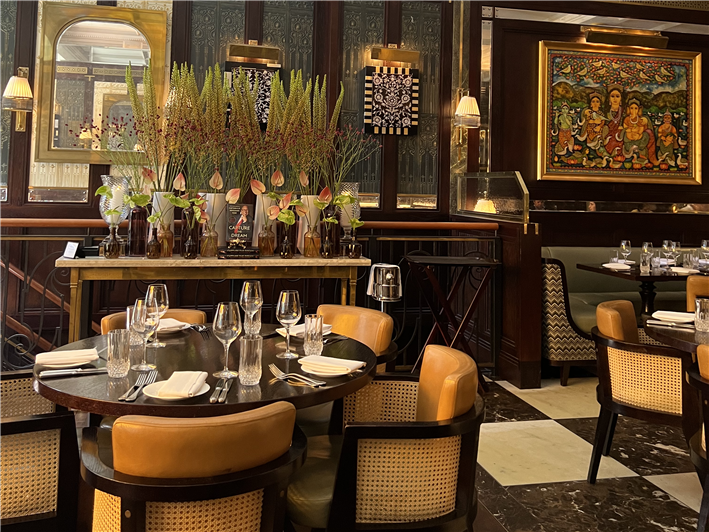
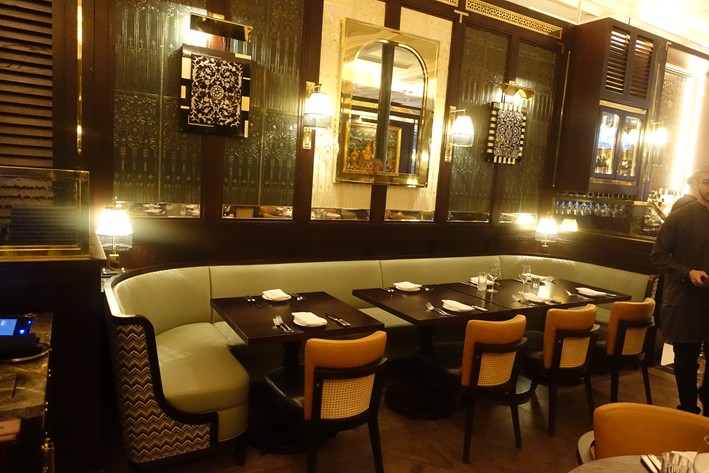
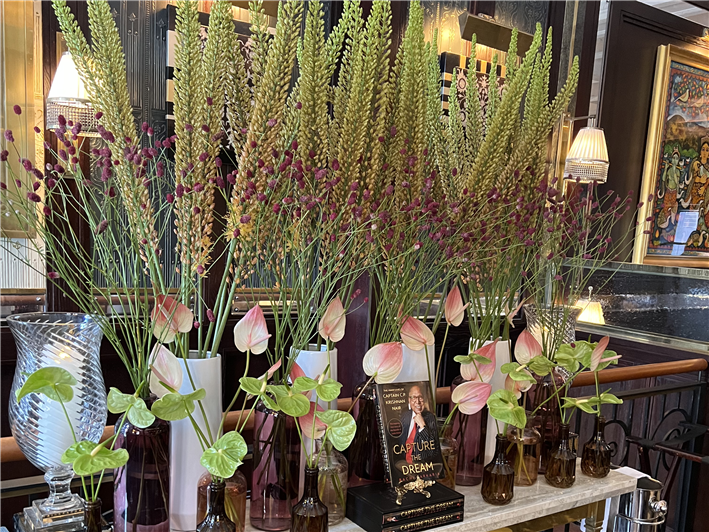
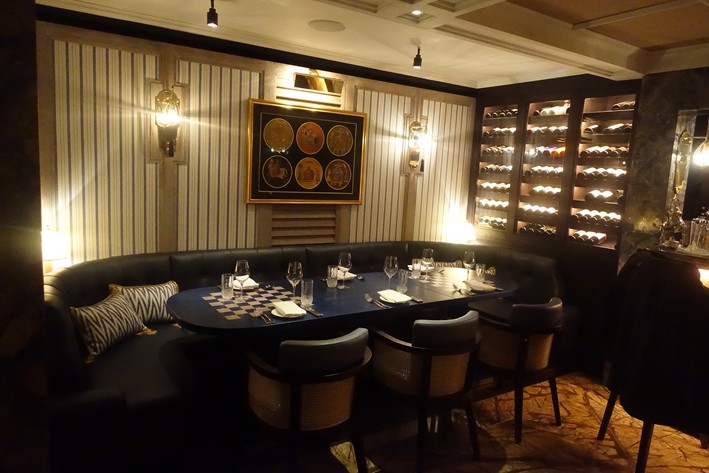
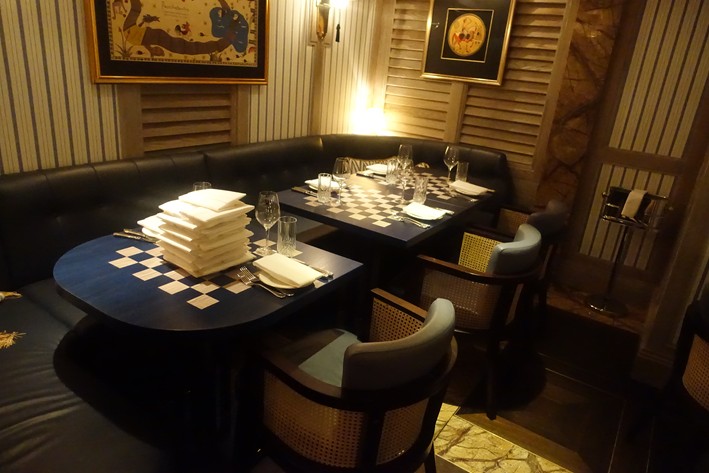
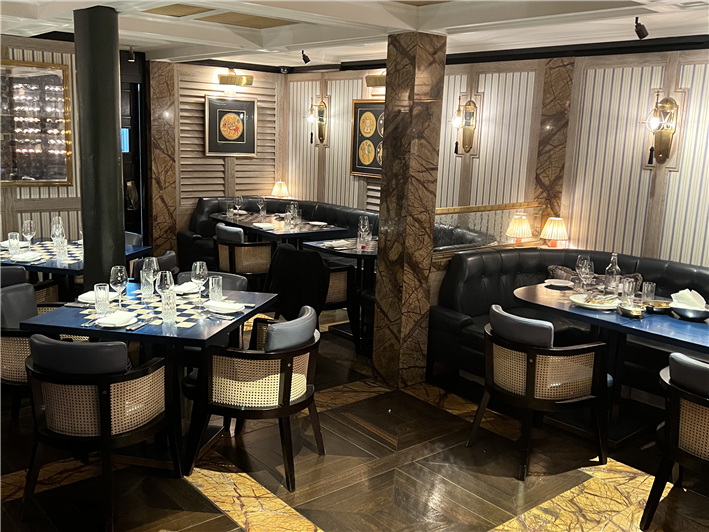

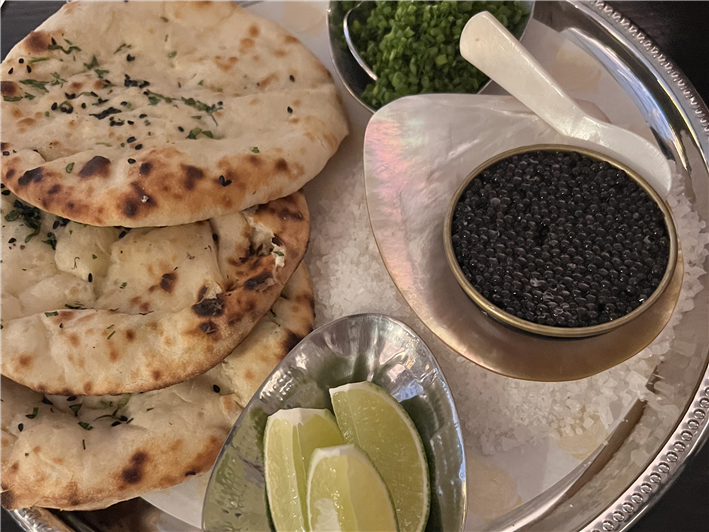


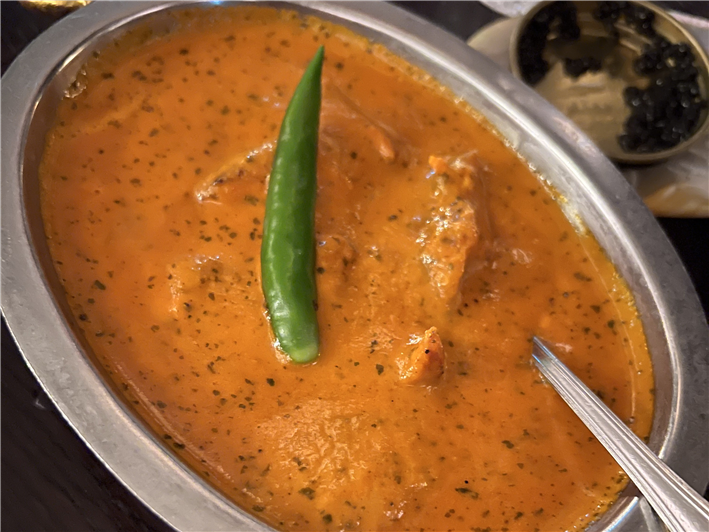
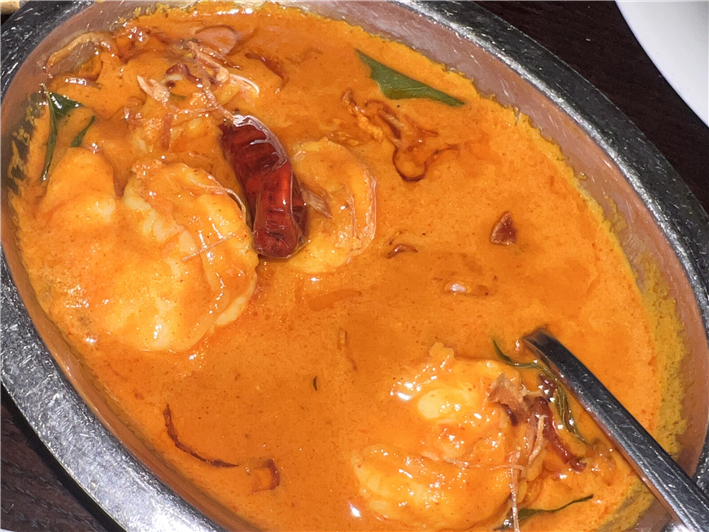
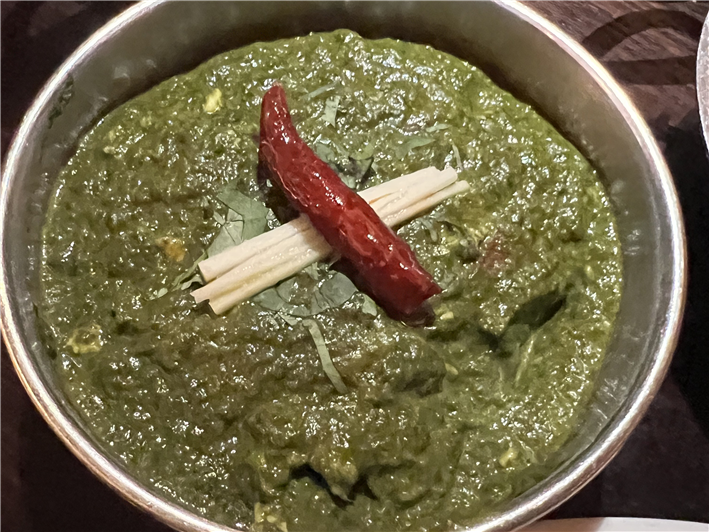
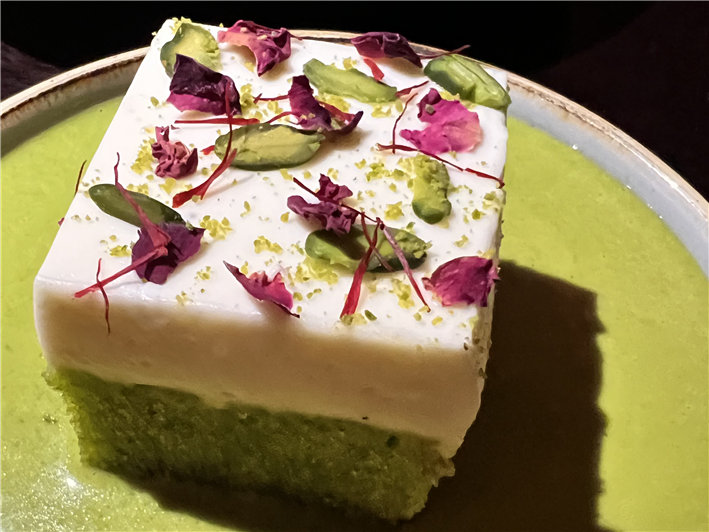
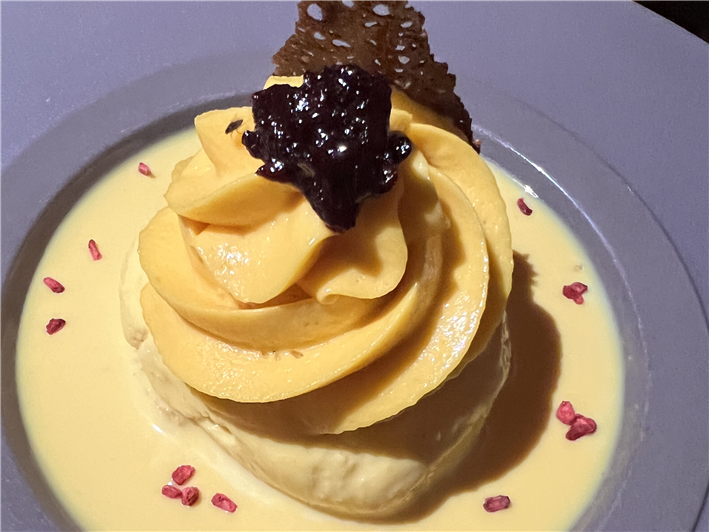
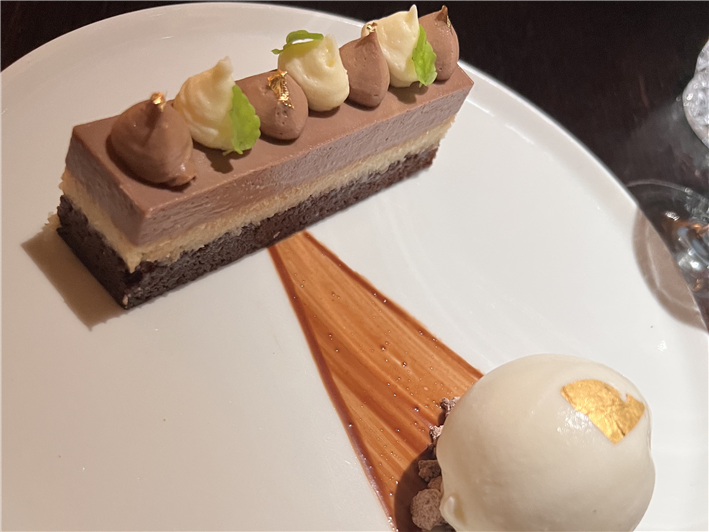
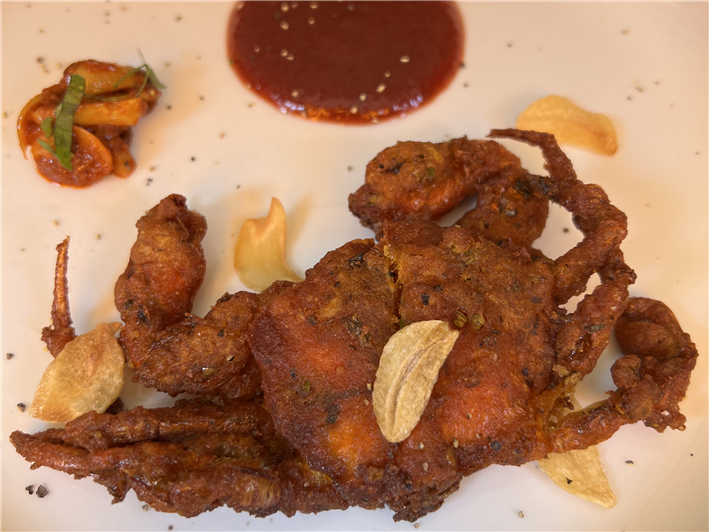
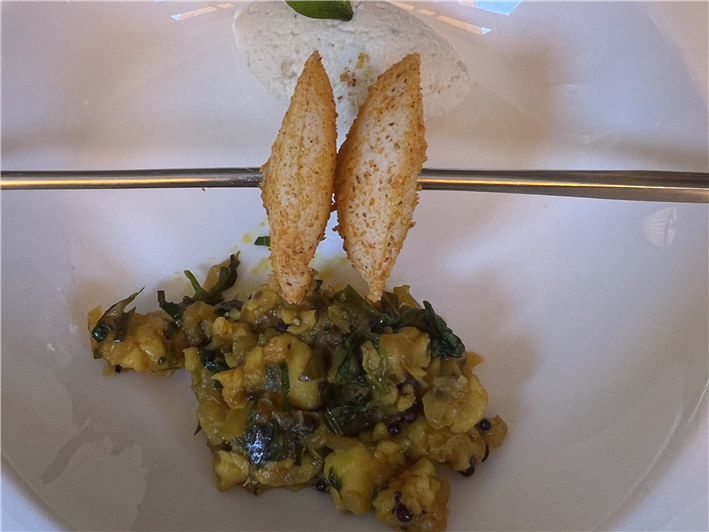
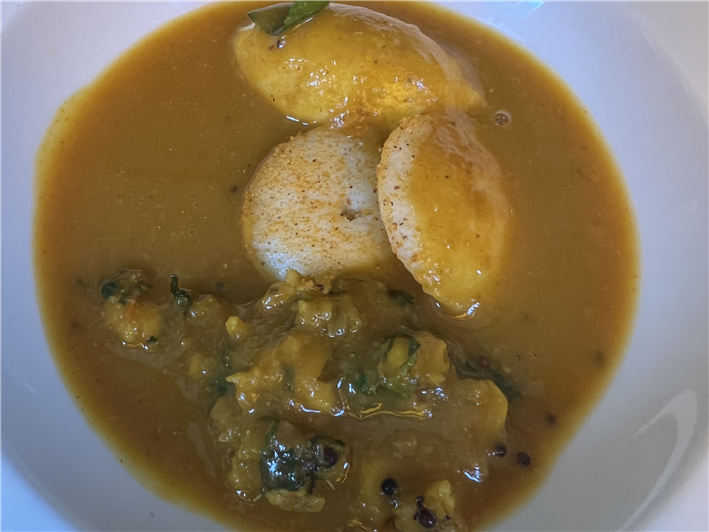
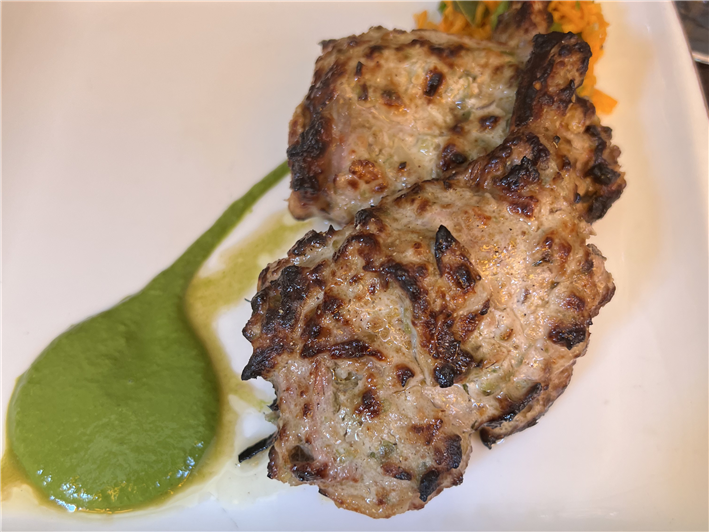
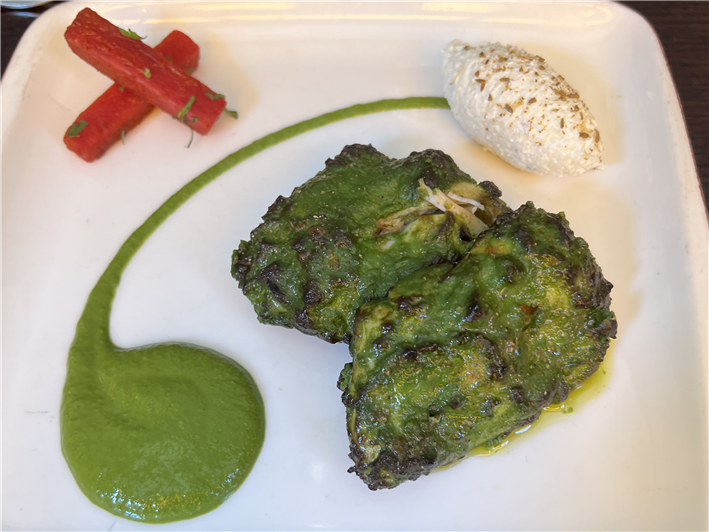

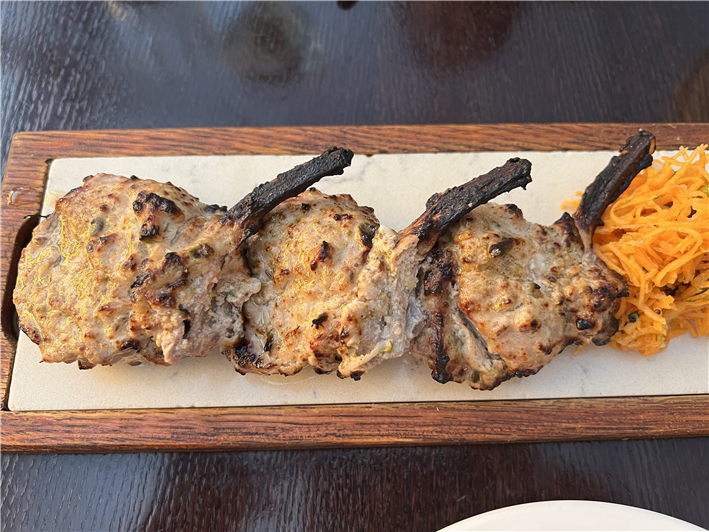

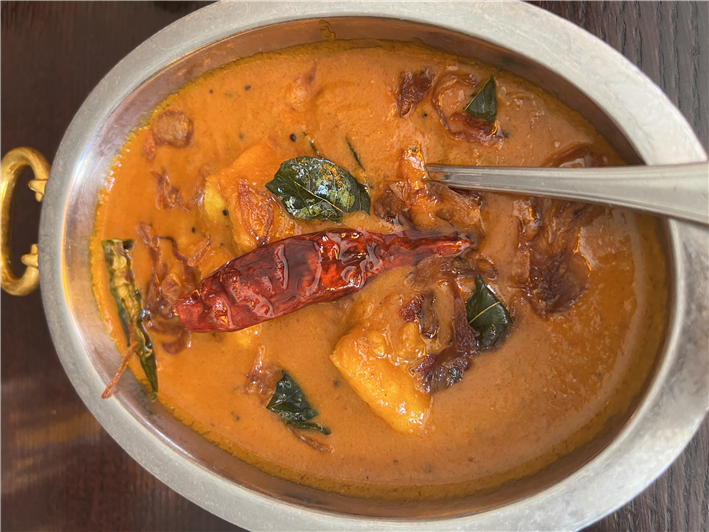
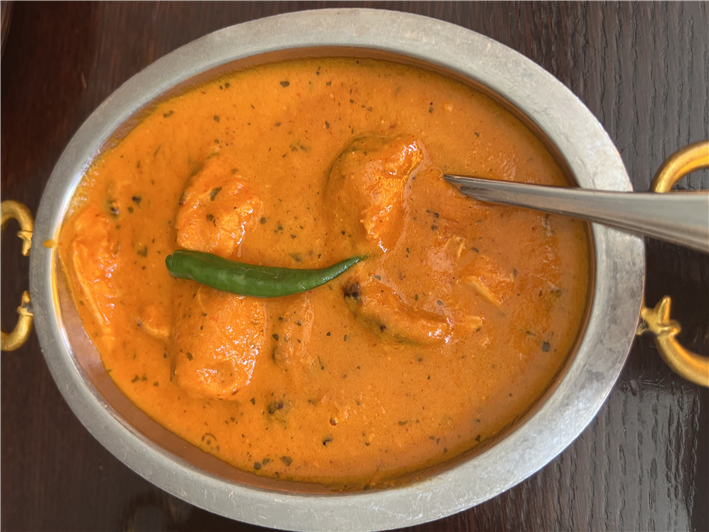
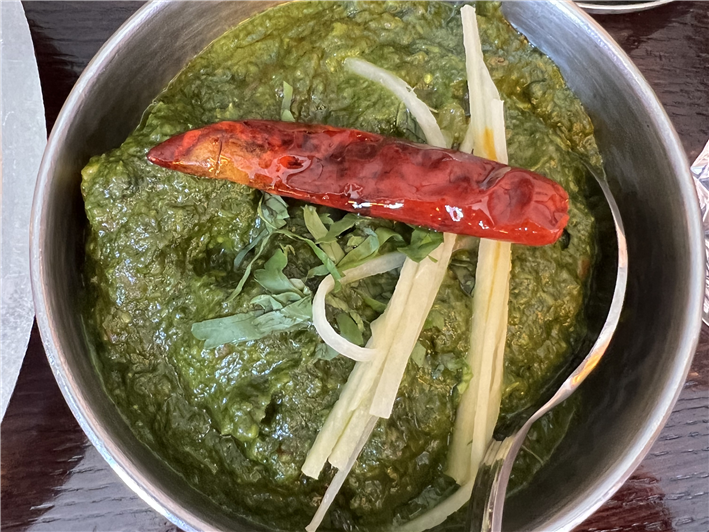
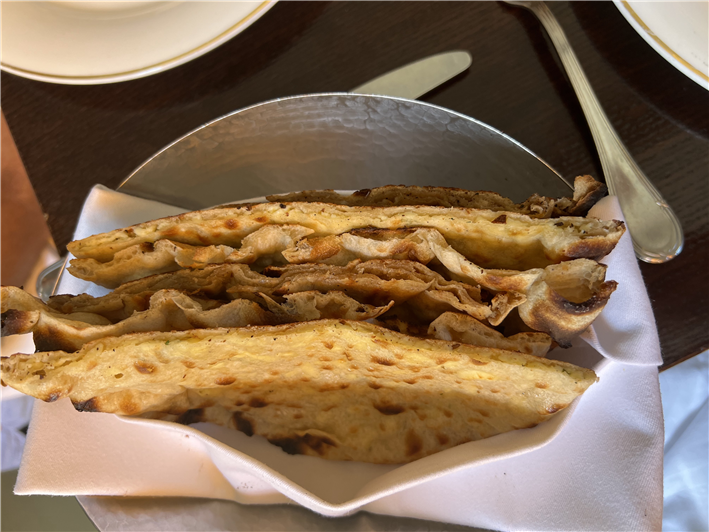
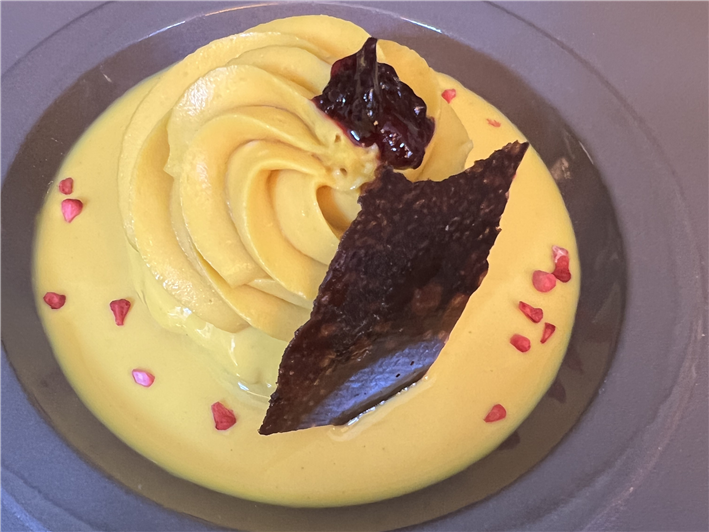
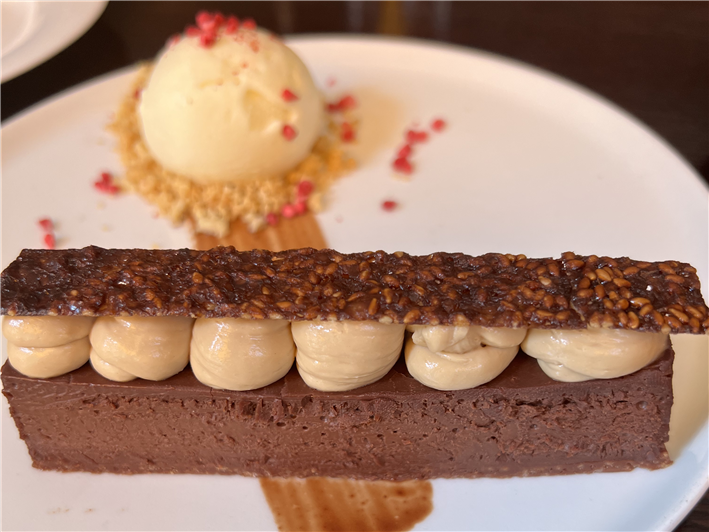
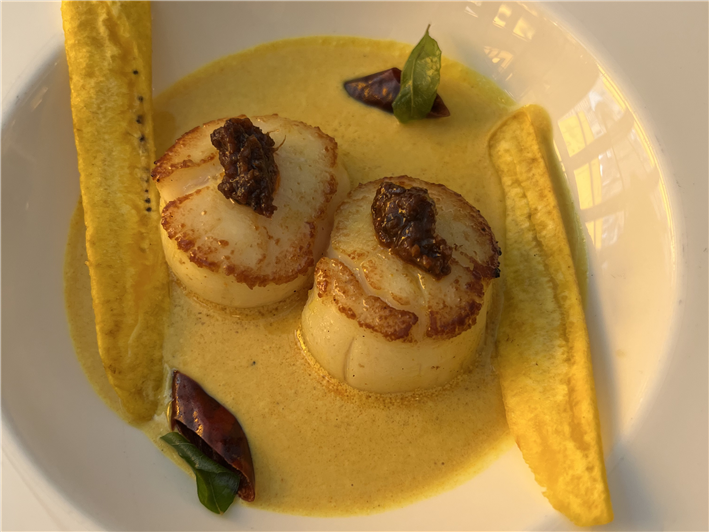


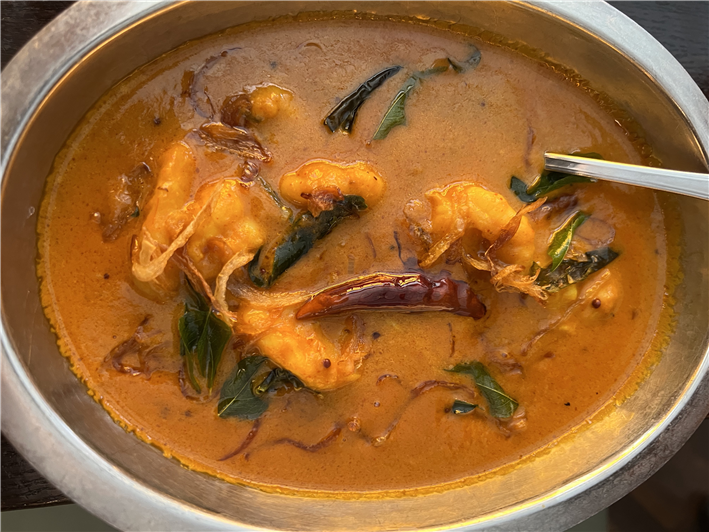
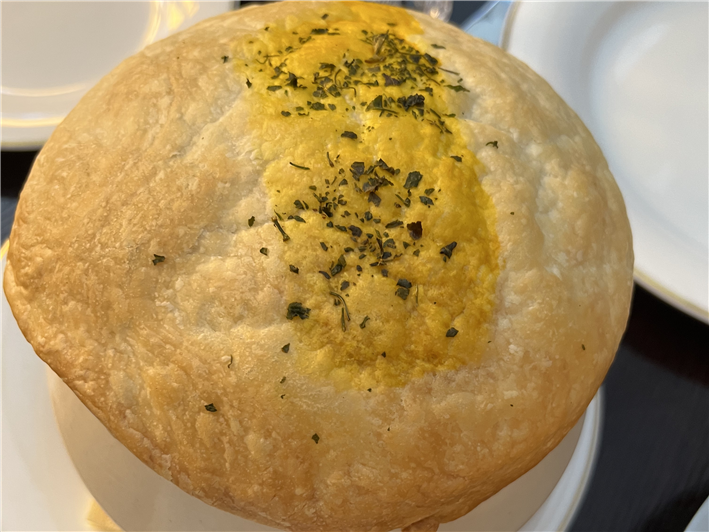


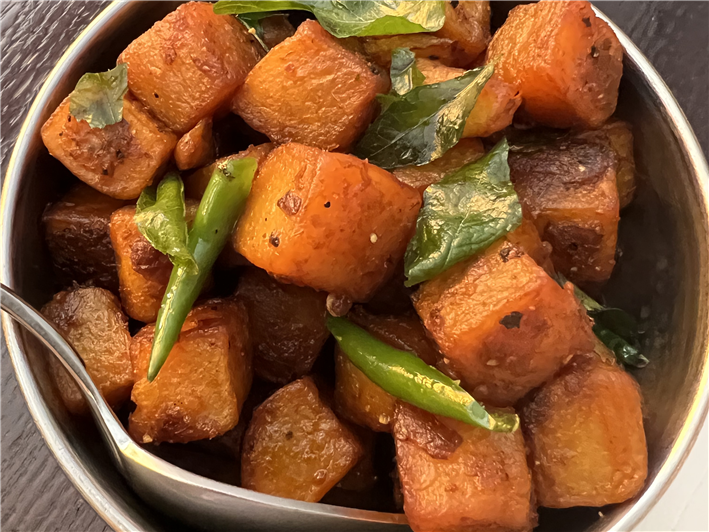

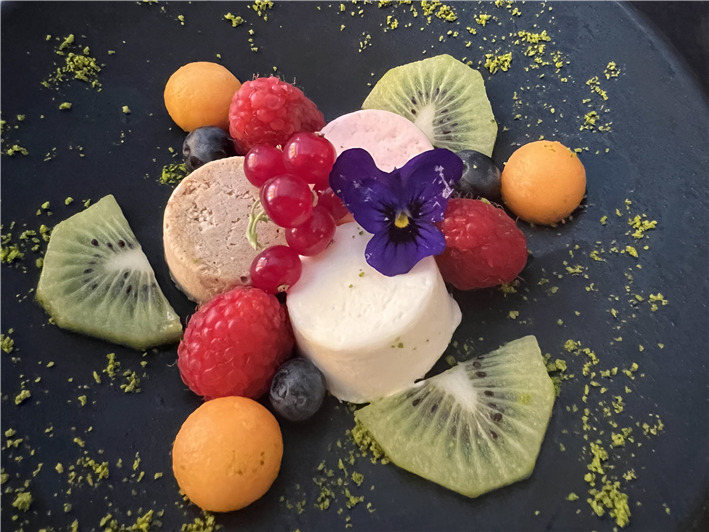

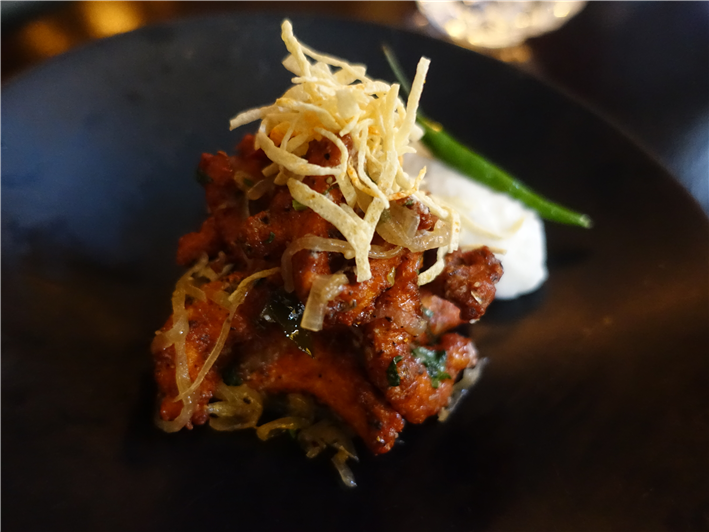
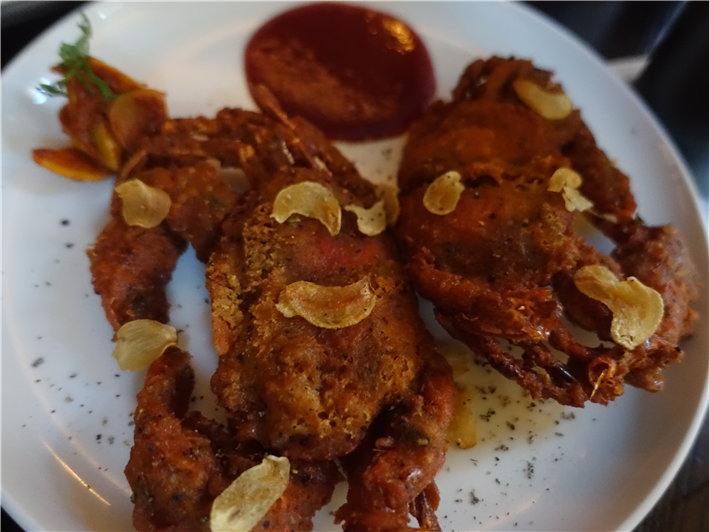






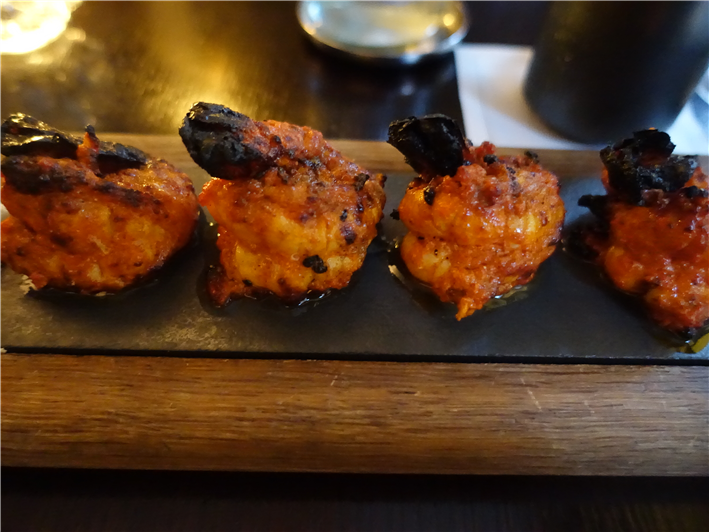


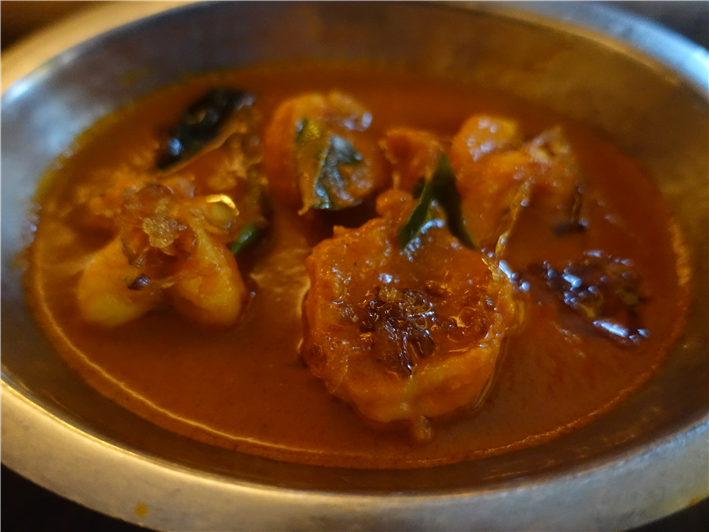
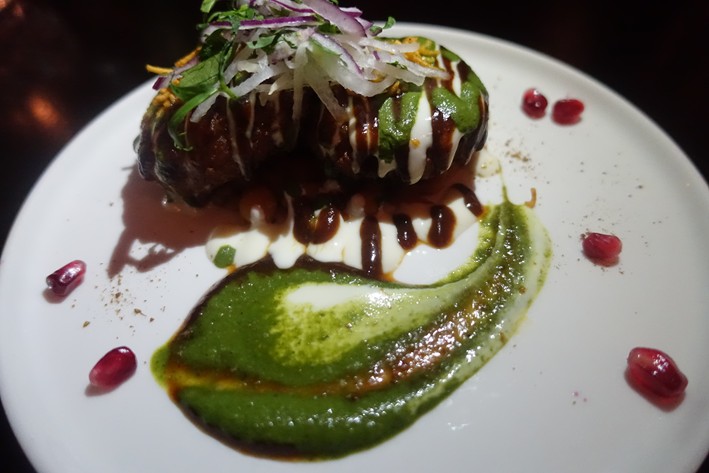
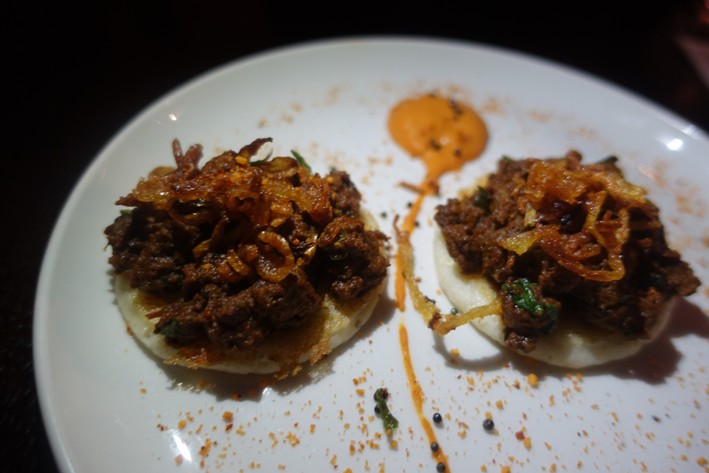
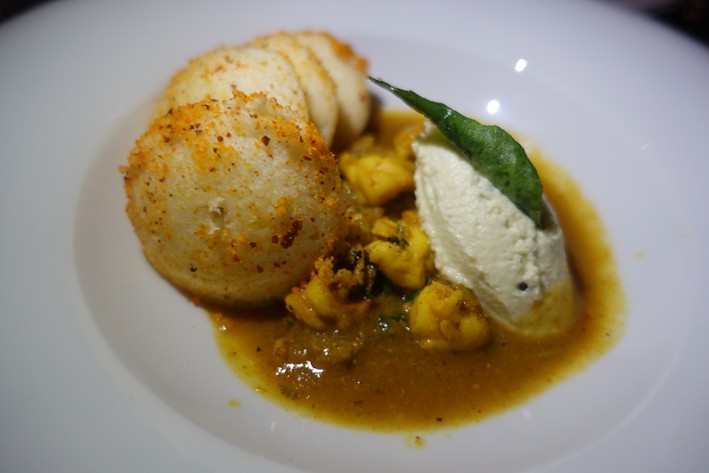
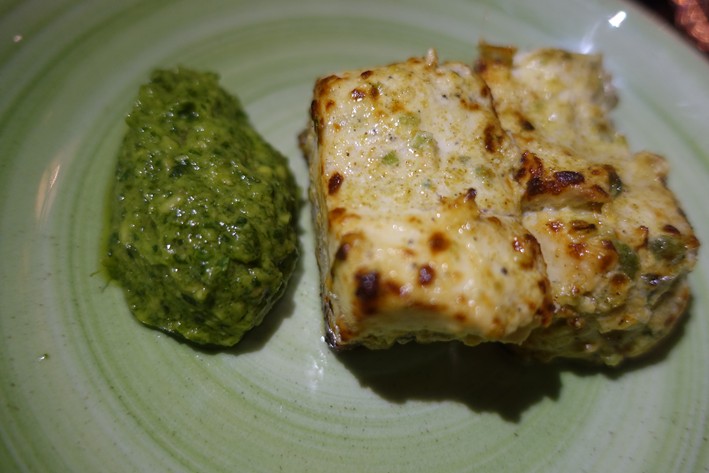

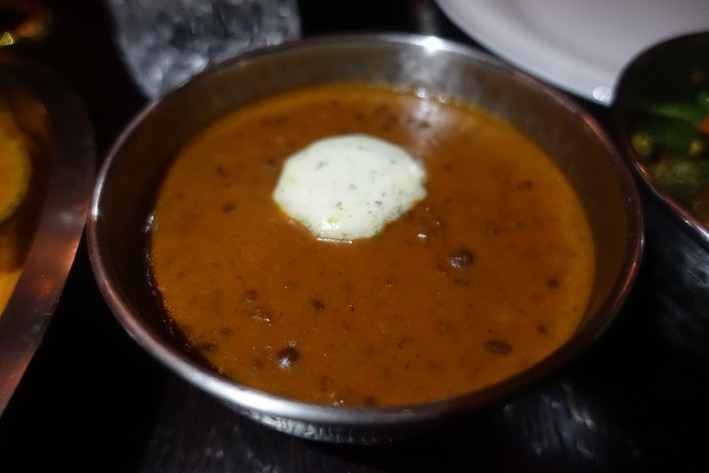

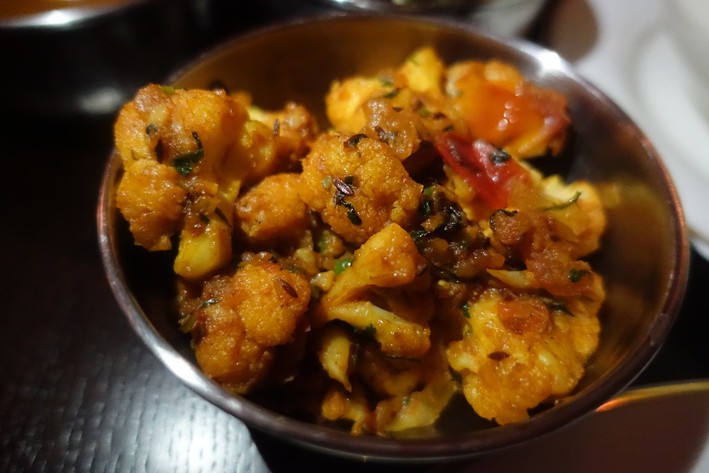
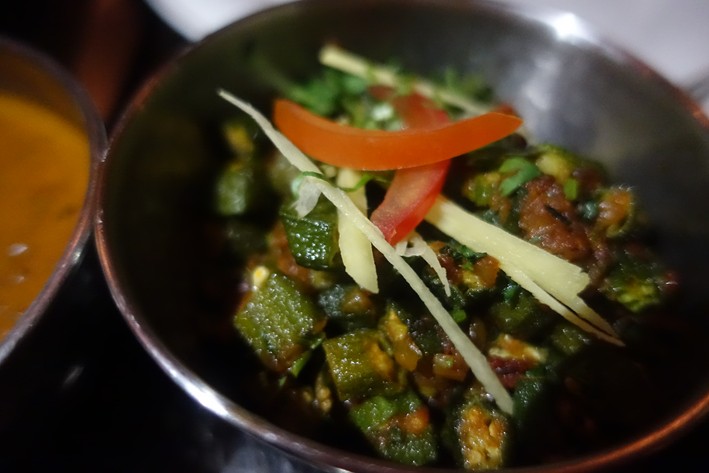
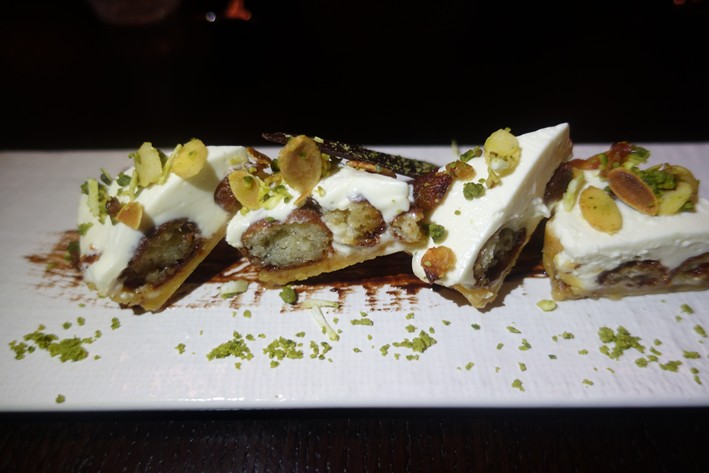

Ramesh Vala
I have been to the restaurant three times already and yet to be disappointed. The decor, the food and service are all a triumph and may it long continue.
Fay Maschler
Le Chabanais (not El Chabanais) was in fact a collaboration between the Leela Hotel group and the owners of Le Chateaubriand in Paris so perhaps their presence in Mount Street is not so much of a co-incidence.
Nayan Vipani.
I have seen the restaurant from outside looks amazing Since you have wrote so much about its mouthwatering while reading it. Hope to dine soon. Nayan.